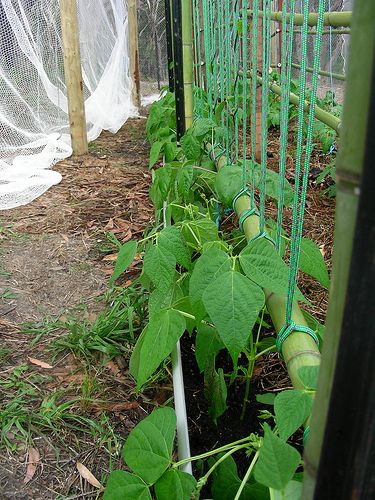
In recent years we’ve all become aware of the advantages of growing fresh food in our own backyards. We’ve been given undisputable proof that fresh, homegrown food is tastier, healthier, and cheaper than purchasing it from a local grocery store.
It’s easy to see why gardeners are touting the brilliance of getting back to basics and growing at least some of our own produce. After all, we’ve been given undisputable proof that fresh, homegrown food is tastier, healthier, and cheaper than purchasing it from a local grocery store.
You may be reading this agreeing with me but feel that you have precious little space to spare when it comes to truly supplementing your family with produce. The truth is that you may not be able to provide all of the groceries you family needs, but I promise that you can grow a lot of it — certainly enough to save a nice chunk of money while you’re enjoying fresh and delicious food. You just have to get in the habit of letting your mind wander up instead of out.
Why You Should Grow Food up Instead of Out
You already know all the wonderful reasons to grow vegetables in your home garden. But there are some very good reasons that many gardeners consider growing vegetables up the perfect produce practice.
Use Less Square Footage
Lack of space is usually the first reason that gardeners consider growing up instead of out. Vertical gardening opens doors for people living in urban and suburban areas, as well as those living in apartments and condominiums.
It’s Less Time & Less Work
Most of us lead very full lives; we’re keeping up a fast daily pace just to stay afloat, so a garden may seem like a big endeavor. There’s less time commitment involved compared to what’s considered a horizontal garden bed. First of all, there’s very little soil for you to deal with — especially if you’re container gardening.
Less soil, means less time watering for those of you that are hand-watering. Weeding takes minutes or even no time at all if you’re planting in only enough soil for the vertical plants. Harvesting is a quick endeavor when fruit is at eye level and can be easily seen and picked.
Vertical gardening the perfect method for those with physical limitations, as well. Gardeners in wheel chairs or with other physical challenges find that growing veggies up makes their hobby that much easier — or perhaps even possible.
Vertical Gardening Saves Money
If you intend to create raised garden beds, growing plants vertically will save you money on purchasing soil because you won’t be building large rectangular beds. You’ll be able to get away with obtaining just enough soil for the roots of the plants.
Compost (whether you’re making your own or not) and other soil amendments will go a lot farther when you’re adding it only to the area that really needs it — the plant roots. You might have to spend a bit on obtaining structures for your plants to climb.
However, it’s pretty easy to save in that area, too, if you look for recyclable materials around your home that might have otherwise been discarded. Also, smaller beds mean a smaller water bill.
You’ll Have Less Weeds, Pests, & Diseases
One of the best perks is that you’ll have very few weeds, and they can be yanked out in seconds anyway. Once again, less soil surface mean less places for weeds to show up. Plants grown vertically have the advantage of excellent air circulation. More air circulation around plant foliage means less trouble with pests and disease.
This creates a stronger plant and more unblemished fruit. And much, much less food waste due to rotting. By allowing plants to grow up instead of out, you also limit their physical contact to neighboring plants. This is a major plus as disease are readily transmitted through physical foliage contact.
Higher Yield
That’s right, gardening vertically can actually increase your vegetable production and offer you a bigger bounty. This is due to the plants and veggies receiving better air circulation, and sunlight, which helps maintain healthy foliage. Healthy plants with less pests and diseases offer bigger yields — even if it’s in smaller space.
I’ve got your attention now, right? One last thing, vertical gardening isn’t just about vining plants. Plants that are vertically challenged such as strawberries, lettuce, and radishes can all be grown vertically, too. Hanging baskets, stackable containers, and wall pockets are all ways to grow non-climbing crops up.
Fine Gardening Recommended Products

A.M. Leonard Deluxe Soil Knife & Leather Sheath Combo
Fine Gardening receives a commission for items purchased through links on this site, including Amazon Associates and other affiliate advertising programs.

The New Organic Grower, 3rd Edition: A Master's Manual of Tools and Techniques for the Home and Market Gardener, 30th Anniversary Edition
Fine Gardening receives a commission for items purchased through links on this site, including Amazon Associates and other affiliate advertising programs.

Berry & Bird Rabbiting Spade, Trenching Shovel
Fine Gardening receives a commission for items purchased through links on this site, including Amazon Associates and other affiliate advertising programs.


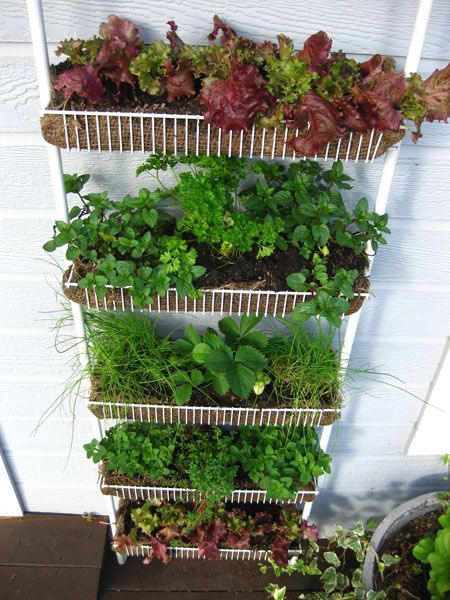
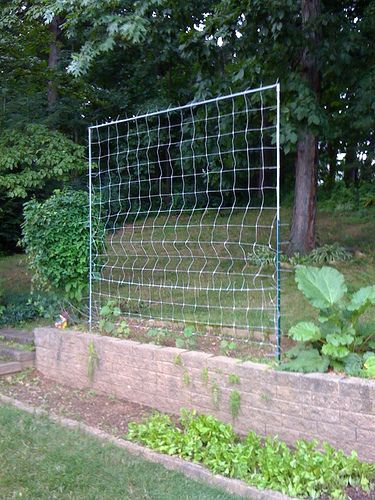
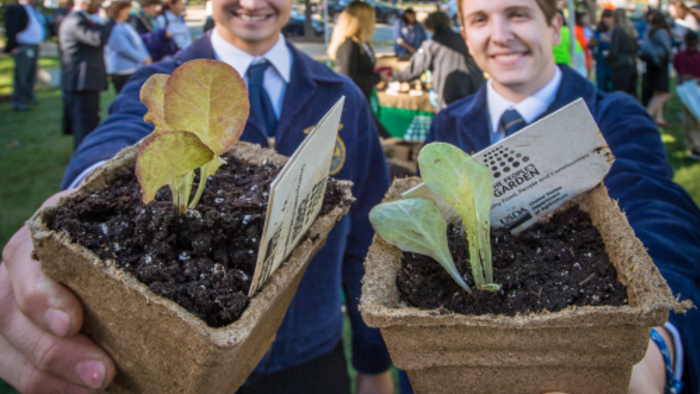
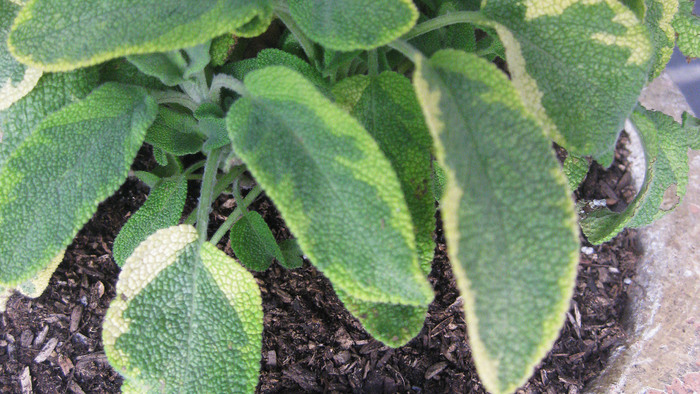

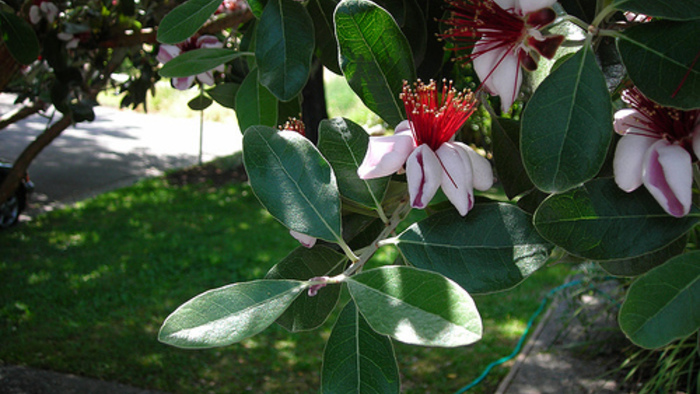













Comments
Log in or create an account to post a comment.
Sign up Log in